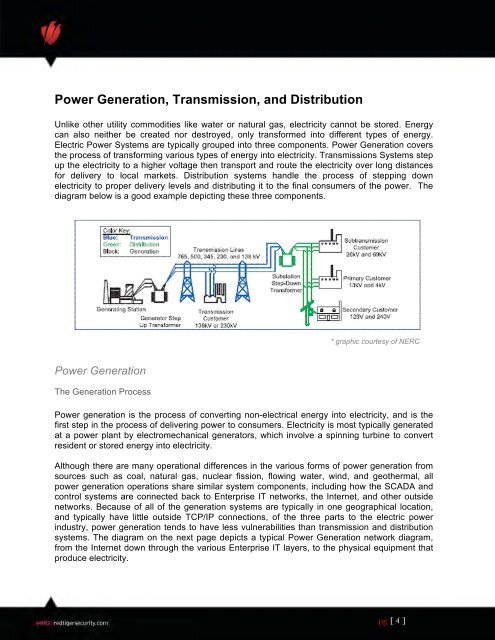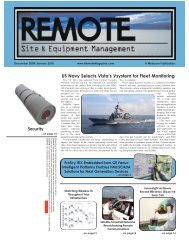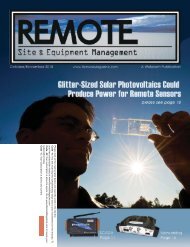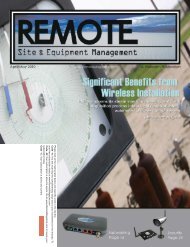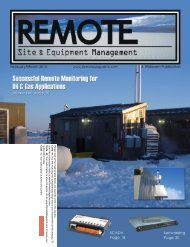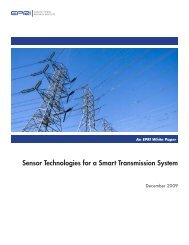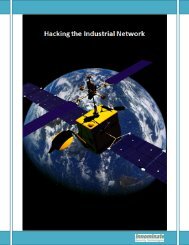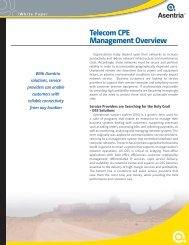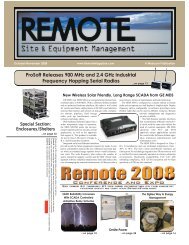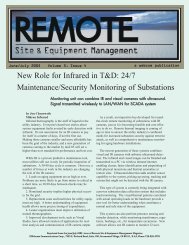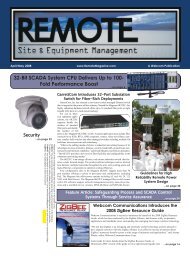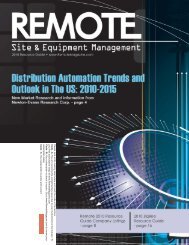Electricity for Free? The Dirty Underbelly of SCADA and Smart Meters
Electricity for Free? The Dirty Underbelly of SCADA and Smart Meters
Electricity for Free? The Dirty Underbelly of SCADA and Smart Meters
Create successful ePaper yourself
Turn your PDF publications into a flip-book with our unique Google optimized e-Paper software.
Power Generation, Transmission, <strong>and</strong> DistributionUnlike other utility commodities like water or natural gas, electricity cannot be stored. Energycan also neither be created nor destroyed, only trans<strong>for</strong>med into different types <strong>of</strong> energy.Electric Power Systems are typically grouped into three components. Power Generation coversthe process <strong>of</strong> trans<strong>for</strong>ming various types <strong>of</strong> energy into electricity. Transmissions Systems stepup the electricity to a higher voltage then transport <strong>and</strong> route the electricity over long distances<strong>for</strong> delivery to local markets. Distribution systems h<strong>and</strong>le the process <strong>of</strong> stepping downelectricity to proper delivery levels <strong>and</strong> distributing it to the final consumers <strong>of</strong> the power. <strong>The</strong>diagram below is a good example depicting these three components.* graphic courtesy <strong>of</strong> NERCPower Generation<strong>The</strong> Generation ProcessPower generation is the process <strong>of</strong> converting non-electrical energy into electricity, <strong>and</strong> is thefirst step in the process <strong>of</strong> delivering power to consumers. <strong>Electricity</strong> is most typically generatedat a power plant by electromechanical generators, which involve a spinning turbine to convertresident or stored energy into electricity.Although there are many operational differences in the various <strong>for</strong>ms <strong>of</strong> power generation fromsources such as coal, natural gas, nuclear fission, flowing water, wind, <strong>and</strong> geothermal, allpower generation operations share similar system components, including how the <strong>SCADA</strong> <strong>and</strong>control systems are connected back to Enterprise IT networks, the Internet, <strong>and</strong> other outsidenetworks. Because <strong>of</strong> all <strong>of</strong> the generation systems are typically in one geographical location,<strong>and</strong> typically have little outside TCP/IP connections, <strong>of</strong> the three parts to the electric powerindustry, power generation tends to have less vulnerabilities than transmission <strong>and</strong> distributionsystems. <strong>The</strong> diagram on the next page depicts a typical Power Generation network diagram,from the Internet down through the various Enterprise IT layers, to the physical equipment thatproduce electricity.pg [ 4 ]


